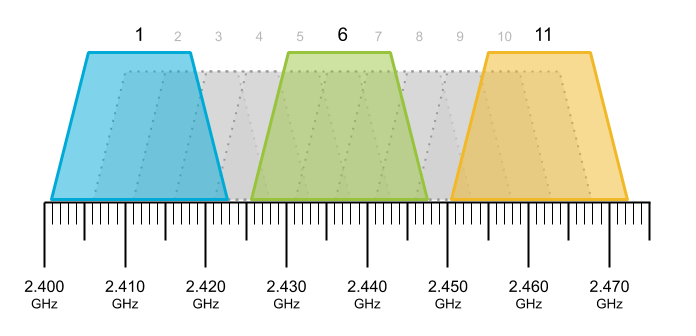With or without health mate is the same for me.
Bluetooth off, wifi works.
Bluetooth on, wifi is broken
Tested with 2 different smart watch, with or without application for smart watch, With bluetooth speaker and headset…for me its hardware problem.
It should be interesting to know if people with /e/ have same issue.
I think the issue is with the Fairphone, and not therefore any other phone.
Maybe the antennae in the Fairphone are common or so close as to interfere.
I have a Raspberry Pi 4 computer with the know problem that both the wifi and bluetooth are on the same chip and interfere with each other \so as to reduce the speed of each when both are enabled.
On my FP3+ I only have wifi or bluetooth enabled when I about to use them.
Regarding the 40MB : Have you done a speed test over a browser whilst you are using the bluetooth headset and compared that to when the bluetooth is disabled and compare that to the max speed you can get over wifi.
As I said my my speed is 40MB which I get even if bluetooth is enabled (just tested) but not actually transferring data. The rate of data transfer of the bluetooth impact is 1) Playing audio to a music box it drops to 25MB 2) transferring an image it dropped to 18MB
I made a series of tests now. My router is a Fritz!Box 7530, nominal DSL speed is 50 Mbps.
With BT off, I’m getting 43 Mbps on both 2.4 and 5 GHz band.
BT on, Health Mate installed (only in background) gives 0.7Mbps on 2.4 and 43 on 5 GHz.
BT on, Health Mate stopped in settings or completely uninstalled gives 30-35Mbps on 2.4, 43 Mbps on 5.
BT headset connected, no audio playing have 30 Mbps on 2.4
BT headset playing audio gave 10 Mbps on 2.4
Obviously there is some kind of interference or (more likely) shared use of resources, however the physical issue can’t be the reason for the unusable 1 Mbps when Health Mate is running. My recommendation would be to check all apps with BT permissions one by one to find the blocking app. My workaround is called Smart WLAN selector. It allows to switch to 5 GHz whenever available, while still allowing 2.4 connections. Much more convenient than blocking 2.4, which has far better range and is still more common in public places, at least here in Germany.
3 Likes
For further reading I recommend my post, linked here. It seems to contradict @JeroenH’s tatement that the issue does not appear on channel 11, as the tests were run on channel 11.
I think channel 11 is the default as it is the highest frequency band and has a slightly shorter range signal but higher speeds. It’s one of three default channels (1,6,11) that don’t overlap each other and so don’t interfere with each other, much. Of course if you are in a shared house etc you will get many uses of the same channel maybe from separate routers even.
https://www.metageek.com/training/resources/why-channels-1-6-11.html
However the problem with is that bluetooth uses that range, too ( 2.400 to 2.484GHz) so if both are enabled channel hopping can occur and loss of packets may occur, loss of call even) So unless you want to use bluetooth disable it in case the network is 4G and you get interference. Bluetooth and 5G are fine, but who has 5G ~ not me.
Off course bluetooth and 3G are fine
In the UK the new 5G mobile is between the two around 3to4GHz
2 Likes
Here’s my experience with the issue:
My phone is suffering from the disappearing settings bug, so I can’t enable 5 GHz WLAN. At a friend’s place, my connection is always slow. They use a 4G+ 2.4/5 GHz hotspot and have a bunch of Ikea wlan-controllable devices, so the hotspot and all of the gateways, hubs, power sources, and all of their wires are packed in a high-entropy quantum entanglement underneath a massive steel radiator.
I know what your thinking, but no, it was turning off the hubs that fixed it instantly. I think they communicate with the devices over BT or 2.4 GHz WLAN and I suspect they do that at a power that could make hot cocoa to ensure a good connection in people’s weird homes. Next time I’m there, we’ll try to set the band to wherever Ikea isn’t cooking omlettes.
1 Like
This is common on laptops and mobile devices.
Bluetooth has frequency hopping since version 1.2 (very old). As a result, it should hop to different available frequencies, but if it is unable to (for example because it is crowded on the entire 2.4 GHz). If you are indoor, I recommend to use 5 GHz as much as possible, to leave more space for 2.4 GHz. 2.4 GHz is unlicensed and used by many devices in- and outdoor. Not just Bluetooth and WLAN. Microwaves use it too, as do for example some game controllers and some wireless headsets. Plus, who knows what your neighbors use, where their transceivers are located, and how strong they are tx/rxing.
3 Likes
